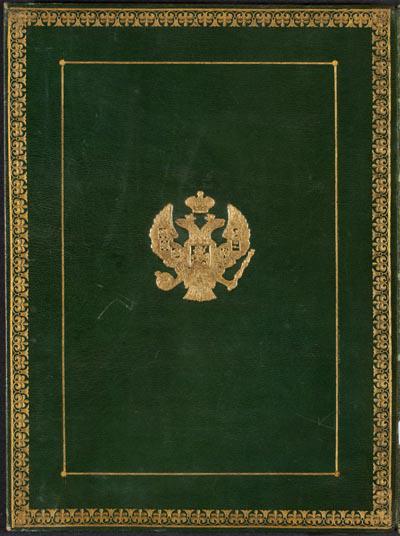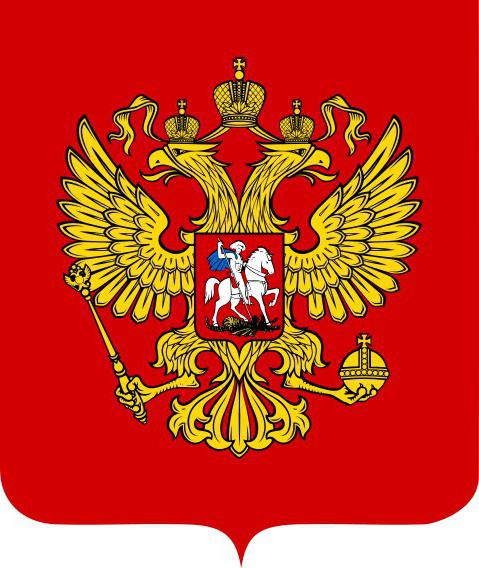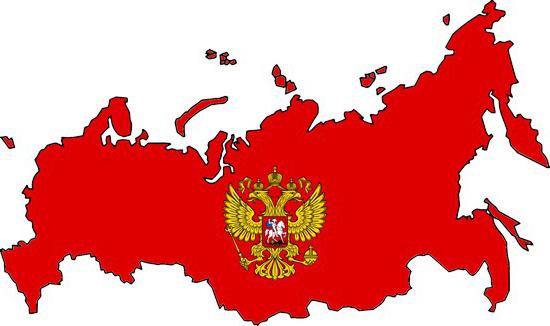During the reign of Nicholas I , a set of laws of the Russian Empire was compiled. Moreover, the formation of both state and social life evolved in accordance with this document. In the article below, the reader will be able to familiarize themselves with the nuances of creating this collection of decrees, as well as find out what specific orders were approved.
Background
As you know, the second half of the XVIII century was marked by the collapse of the existing feudal-feudal system. In addition, bourgeois relations began to develop intensively during this period. This subsequently led to a crisis and the formation of a capitalist structure. But since the old mode of production still dominated at that time, the development of new relations provoked an aggravation of the class struggle and led to the expansion of the anti-serfdom movement in Russia. Against the background of lawlessness and arbitrariness of landowners, peasant unrest was gaining ever greater strength. With the advent of the new century, the number of strikes not only within the serf and wage workers, but also among the military personnel, increased significantly. The beginning of the revolutionary movement in Russia was marked by the armed uprising of the Decembrists in 1825. As is known from history, these uprisings were repaid by the tsarist administration.

However, they managed to influence the further
socio-political development of the state. At that time, the leading figures of the country, when introducing amendments to legal norms, strove to strengthen the feudal-serf system. But at the same time, they had to take into account the interests of the developing commercial bourgeoisie. All attempts to somehow systematize legal relations in Russia ended in failure. But the need for such work was felt more and more. Since the adoption of the Council Regulation, most acts not only contradicted each other, but also did not fully reflect the interests of the country's socio-economic development. The next attempt to carry out codification work was made in 1804. Then projects were developed in criminal, civil and commercial law. However, these documents were never approved, since the nobility saw them as a reflection of the French Civil Code. It was clear that the adoption of the basic laws of the Russian Empire was necessary. It was supposed to be a collection of decrees, broken down according to thematic categories.

Principles of systematization
The above orders were combined into the code of laws of the Russian Empire in 1832. However, this Charter began to operate only in 1835. It consisted of more than 40 thousand articles, which eventually amounted to 15 volumes. The 16th book was released in 1864 and was called the Judicial Statutes. The full collection of laws of the Russian Empire included only functioning documents. Some of the orders were reduced. And among the decrees that were contrary, preference was given to later options. In addition, the drafters sought to compile the acts so that they were consistent with the branches of law.
Volume Description
As mentioned above, the complete collection of laws of the Russian Empire consisted of 15 books. The first 3 contain basic decrees, government regulations and so on. The fourth work includes the regulation of recruitment and zemstvo obligations. From 5 to 8 volume tax and drinking taxes, duties, etc. are indicated. The 9th edition includes laws on estates and their powers. The tenth assembly perpetuated boundary and civil decrees. Books numbered 11 and 12 regulated the work of credit and trade organizations, as well as all industries. The following 2 volumes were extended to medical practice, including the intricacies of being in custody, etc. Criminal decrees were included in the last work. The code of laws of the Russian Empire basically pursued the principles of feudal serfdom and was focused on maintaining, protecting and consolidating the tsarist regime.
The effect of laws in Ukraine
The collection of laws of the Russian Empire began to operate in this territory in 1835. With only one difference - at that time they regulated only administrative-legal and state relations. After that, from 1840 to 1842, orders regarding criminal and civil law were gradually introduced. This charter was valid in Ukraine until 1917.
Ongoing adjustments
With the onset of the 19th century, the laws of the Russian Empire underwent a series of transformations. First of all, the changes affected civil law, which at that time began to move forward simply with huge steps. Moreover, such changes were explained by a significant increase in the volume of development in the commercial and industrial spheres. All corrections on this issue were made in the 10th book of the collection of decrees. Property rights were highlighted here in order to further strengthen them. In this regard, all property was divided into 2 types: movable and immovable. Moreover, the second was equally divided into patrimonial and acquired. Due to the intensive expansion of commodity-money relations, increased attention was paid to the mandatory issue. As a result, they came to the conclusion of concluding agreements by agreement of both parties. The law allowed transactions not only in writing, but also orally. In addition, it was agreed that a “properly drafted” contract must necessarily be implemented. A complete collection of laws of the Russian Empire highlighted this point. So, the following guarantees were provided:
- payment of forfeit;
- guarantee;
- pledge of movable or immovable property.
Family law
The main state laws of the Russian Empire in the first volume regulated marriage. So, it was agreed that men could only start a family when they were 18 years old. In turn, women received this right at the age of 16. Persons who have reached 80 years, and did not have the opportunity to tie themselves marital ties. In addition, the issue of marriage depended not only on the couple, but also on the permission of the parents, guardians or guardians. In the event that the man at the time of the decision on the conclusion of the union was in military service, he should have received the written consent of his superiors to this rite. Serfs did not have the right to start a family without the permission of the owner. Marriages between Christians and non-Christians were banned. Also, they were not allowed to enter into new marital relations without terminating previously prisoners. Moreover, it was possible to make alliances of this kind only 3 times. A marriage was considered legal only if it was concluded in a church. The union was allowed to terminate the same body and only in certain cases.

Inheritance Law
The main laws of the Russian Empire separately highlighted the property issues of citizens. Property could be inherited either by will or in accordance with established standards. Moreover, such actions could only be performed by citizens at the age of 21 and having legal rights to alienated property. In addition, the will was valid only when it was written in writing. It was impossible to inherit the property of a mentally unhealthy person by will.
Criminal norms
It can rightfully be considered that the 15th volume of the collection of laws marked the beginning of the development of criminal law in Russia. However, at that time there were still a number of conflicting articles in it. They were discovered only after publication. In connection with the identification of problems in this area M.M. Speransky was tasked with preparing another criminal code. But he was finished only after his death. As follows from the decree of 1801, the use of torture during interrogation was prohibited. However, they continued to be widely used. A special role in the code of laws was assigned to the police. Her responsibilities included conducting investigative work and executing a sentence. In turn, the search activities were divided into preparatory and official. The reason for initiating proceedings was considered a denunciation, complaint or initiative of the prosecutor. The investigation was carried out under the supervision of officials or the indictment.

Meaning in history
The complete collection of laws of the Russian Empire to some extent took into account the interests of the developing bourgeoisie. However, the monarchy did its best to maintain power. For this purpose, punitive units were even created in the state apparatus. At the same time, the classification work allowed the formation of a number of industries. Of course, the Code of Law contained a lot of outdated norms, but such colossal work allowed Russia to significantly increase its authority over developed Europe. For information, having undergone a number of changes, this assembly lasted until 1917, until the revolution itself.